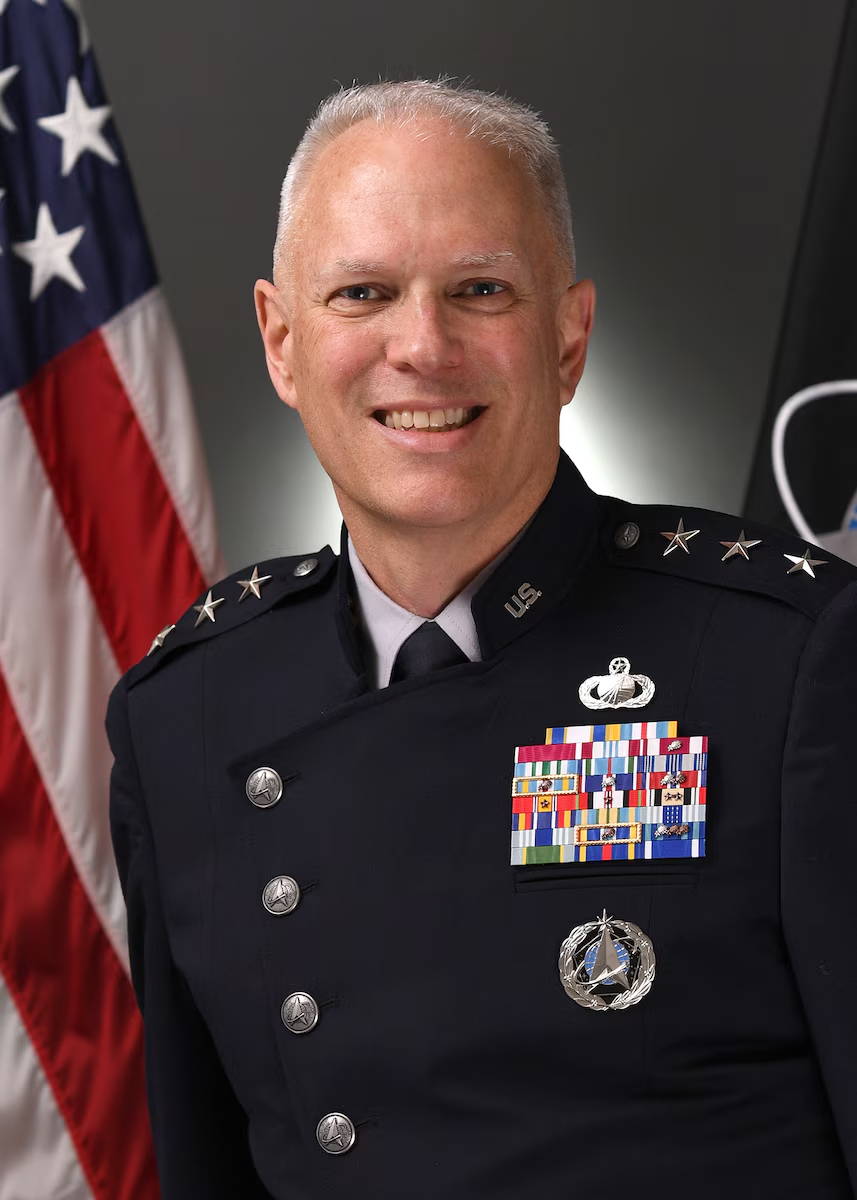
NATIONAL HARBOR, Md.—The Space Force has created two proof-of-concept organizations to organize forces under a single commander to minimize gaps between the various job roles and responsibilities to optimize for mission performance, Chief of Space Operations Gen. Chance Saltzman said on Tuesday. The new Integrated Mission Deltas (IMDs) are organized for operations and sustainment in support of the electromagnetic warfare (EW) mission, and for precision, navigation, and timing (PNT), he said at the annual Air Force Association Air Space Cyber…

 By
By 











